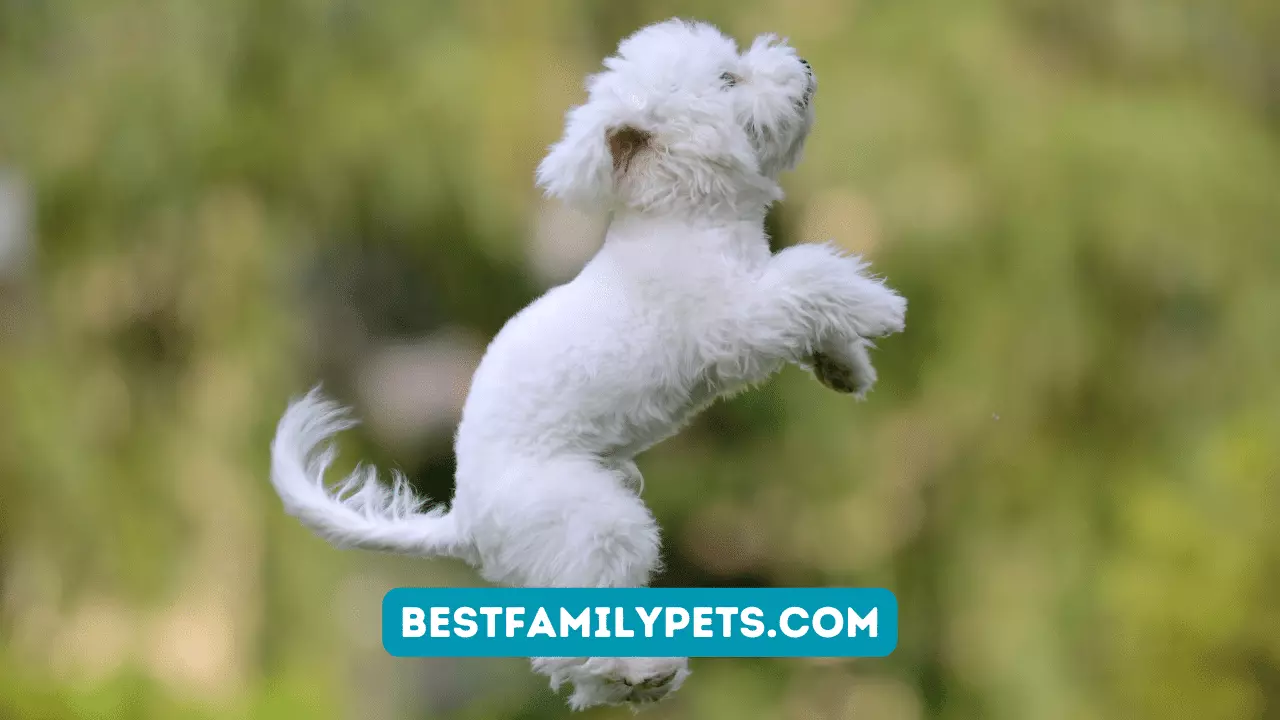Why Do Dogs Jump for Joy over Their Owners?
Experience unconditional love! Explore the reasons behind dogs’ joyful jumps for their owners and embrace the heartwarming bond they share.
Imagine coming home after a long day at work, and as soon as you open the door, your furry friend jumps up and down with uncontrollable excitement. It’s a heartwarming sight that many dog owners can relate to. But why exactly do dogs exhibit such exuberant behavior? In this article, we’ll explore the reasons behind dogs jumping for joy and how we can better understand and manage this behavior.
The Science Behind Dog’s Joyful Behavior
The Role of Oxytocin
One of the primary reasons behind a dog’s joyous behavior is the release of oxytocin, often referred to as the “love hormone.” When a dog sees its owner, the brain releases oxytocin, promoting feelings of happiness, love, and attachment. This surge of oxytocin enhances the emotional bond between dogs and their owners, leading to the energetic display of joy.
Positive Association and Bonding
Dogs also associate their owners with positive experiences and emotions. Over time, they learn that the presence of their owners signifies affection, playtime, and rewards. This association strengthens the bond between dogs and their owners, making them eager to express their happiness through jumping.
Reasons for Dogs Jumping for Joy
Greeting Rituals
Jumping is a natural part of a dog’s greeting ritual. In the wild, dogs would jump on each other to establish social hierarchies, show submission, or demonstrate their excitement. When a dog jumps on their owner, it’s their way of showing respect, acknowledging the owner’s role as the leader of the pack, and expressing their happiness at their return.
Expressing Happiness and Excitement
Jumping is a dog’s way of celebrating. It’s their enthusiastic response to seeing someone they love and adore. Dogs have a remarkable ability to sense human emotions, and they mirror our joy and excitement through their own exuberant displays. Jumping becomes a natural outlet for their overflowing happiness.
Seeking Attention and Affection
Dogs are social creatures that thrive on human interaction. Jumping provides an immediate way for them to capture our attention. By leaping up, they ensure that they are noticed and given affectionate pats or belly rubs. They see jumping as an effective strategy to engage with their owners and receive the attention they crave.
Relieving Stress and Anxiety
Jumping can also be a coping mechanism for dogs dealing with stress or anxiety. When they are overwhelmed or anxious, jumping helps release pent-up energy and provides a temporary outlet for their emotions. It serves as a self-soothing behavior that helps them cope with challenging situations.
Body Language and Communication
Dogs use their body language and vocalizations to communicate with their owners and the world around them. Understanding these cues can shed light on why they jump for joy.
Wagging Tails and Playful Postures
When dogs jump, their tails wag vigorously, conveying their excitement and happiness. Additionally, they adopt a playful posture, with a relaxed body and a wagging rear end. These physical cues indicate that their intentions are friendly and that they are eager to engage in play or receive affection.
Vocalizations and Barking
Alongside jumping, dogs may also vocalize their joy by barking or yelping. Their vocal expressions further emphasize their excitement and serve as a way to communicate their positive emotions to their owners. Barking, coupled with jumping, is their way of saying, “I’m so happy to see you!”
Training and Reinforcement
While jumping may be a natural behavior, it’s essential to establish boundaries and train dogs to exhibit appropriate behavior.
Positive Reinforcement Techniques
Positive reinforcement is an effective training method that rewards desired behaviors. By using treats, praise, and affection, dog owners can reinforce calm and controlled greetings. When a dog remains on the ground, they are rewarded, teaching them that this behavior is more desirable than jumping.
Teaching Appropriate Jumping Behavior
For some owners, jumping can still be an acceptable behavior as long as it’s done in a controlled and polite manner. Teaching a dog to jump on command allows owners to have control over when jumping is appropriate and when it’s not. With consistent training and clear cues, dogs can learn to jump only when given the signal.
Tips for Managing Jumping Behavior
Redirecting Excitement
Redirecting a dog’s excitement is key to managing their jumping behavior. By providing an alternative outlet for their enthusiasm, such as fetching a toy or going for a walk, owners can divert their dog’s attention away from jumping. Engaging in these activities also helps to channel their energy in a positive direction.
Consistent Training and Boundaries
Consistency is crucial when addressing jumping behavior. Everyone in the household should be on the same page when it comes to training and reinforcing appropriate behavior. Setting clear boundaries and reinforcing calm greetings will help dogs understand the desired behavior.
Seeking Professional Help if Needed
If jumping behavior becomes excessive or unmanageable, it’s advisable to seek professional help from a certified dog trainer or animal behaviorist. These experts can assess the situation, provide personalized advice, and develop a training plan tailored to the dog’s needs.
Benefits of Understanding and Addressing Jumping Behavior
Strengthening the Human-Canine Bond
By understanding the reasons behind a dog’s jumping behavior and addressing it appropriately, owners can strengthen their bond with their furry companions. Consistent training and positive reinforcement techniques foster a deeper understanding between humans and dogs, leading to a more harmonious relationship.
Promoting Safe Interactions
Uncontrolled jumping can be problematic, especially when it comes to interacting with children, the elderly, or individuals with mobility issues. Addressing jumping behavior ensures safer and more enjoyable interactions between dogs and humans, minimizing the risk of accidental injuries.
Conclusion
Dogs jump for joy over their owners as a way of expressing their happiness, seeking attention, and reinforcing their bond. It’s a natural behavior deeply rooted in their instincts and emotions. By understanding the underlying reasons behind jumping and employing training techniques, owners can manage this behavior and promote a more harmonious relationship with their beloved pets.
FAQs
How can I stop my dog from jumping on guests?
To prevent your dog from jumping on guests, consistent training and positive reinforcement techniques can be used. Teach your dog an alternative behavior, such as sitting or staying, and reward them for calm greetings.
Is jumping a sign of dominance in dogs?
Jumping is not necessarily a sign of dominance in dogs. It’s more often an expression of excitement, happiness, or seeking attention. However, it’s essential to establish boundaries and train dogs to exhibit appropriate behavior.
Why do some dogs jump more than others?
The frequency of jumping can vary between individual dogs. Factors such as breed, temperament, and upbringing can influence a dog’s inclination to jump. Some dogs may be more naturally exuberant or have learned that jumping gets them the desired attention.
Can jumping behavior be trained out of a dog?
Yes, jumping behavior can be trained out of a dog through consistent training and positive reinforcement techniques. With patience and persistence, dogs can learn to greet their owners and guests calmly and without jumping.
Are there any health risks associated with dogs jumping?
Jumping itself does not pose significant health risks for dogs. However, repetitive jumping on hard surfaces or excessive jumping in older dogs or those with existing joint issues may lead to strain or injury. It’s important to provide appropriate exercise and monitor your dog’s physical well-being.
-

Are Exotic Pets Safe for Families? A Practical Guide for Curious Households
-



How Building Inspections Ensure Pet-Friendly Homes
-



How to Start a Pet Blog: Choosing the Right Web Hosting
-


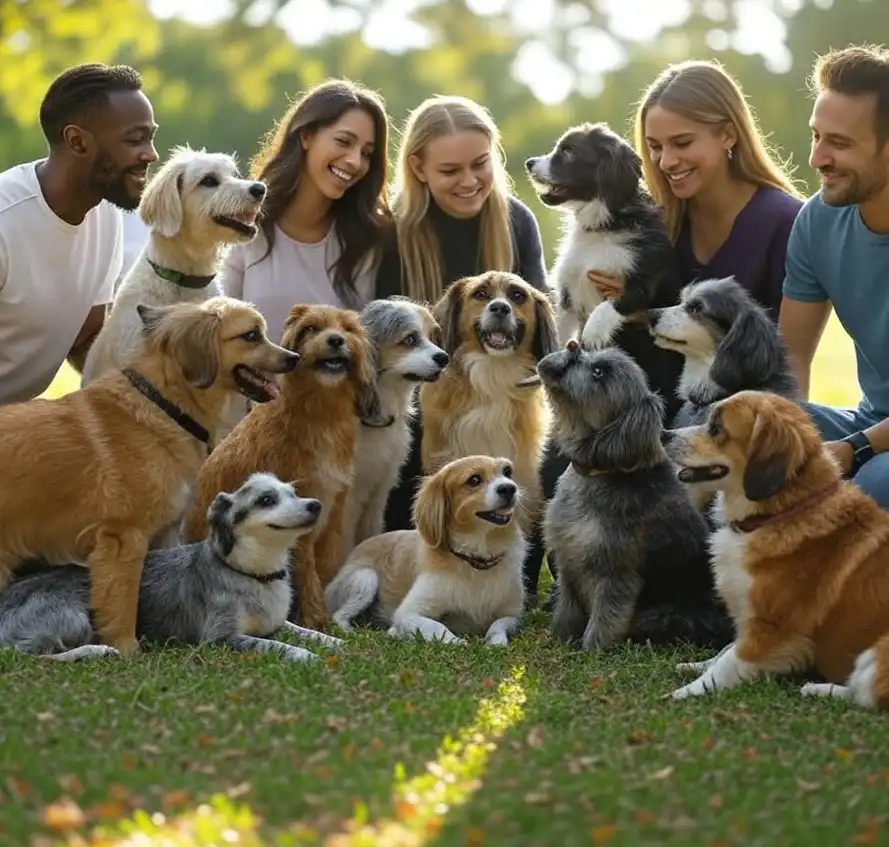
15 Celebrities Who Absolutely Adore Their Dogs
-



Personality Traits of Popular Cat Breeds: Which Cat Breed Best Matches Your Lifestyle?
-


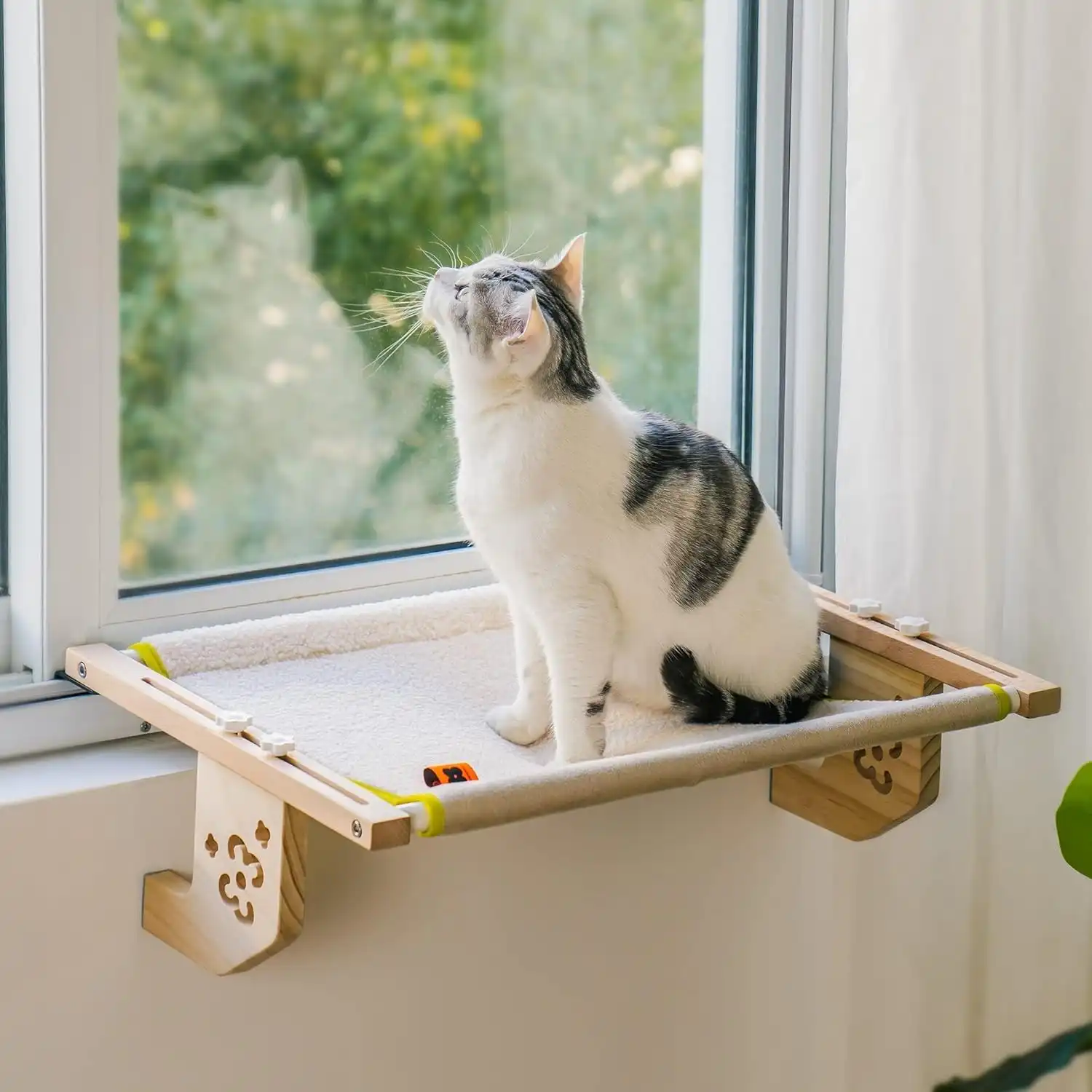
MEWOOFUN Sturdy Cat Window Perch Review: A Cozy Spot for Your Feline
-



Successful Pet Businesses With Dr. Tom Harty’s Coaching
-


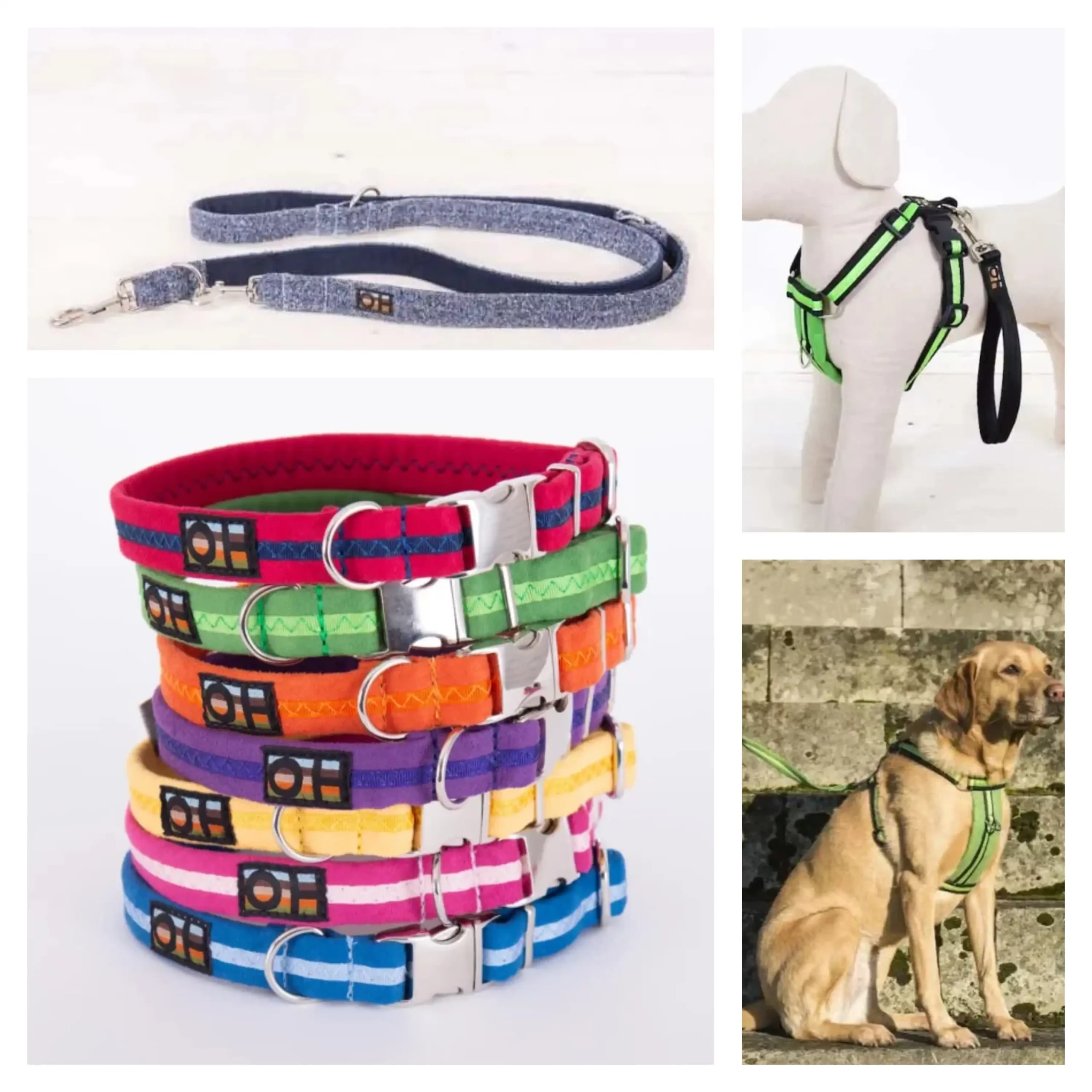
Oscar & Hooch Luxury Dog Accessories for Your Stylish Dogs
-


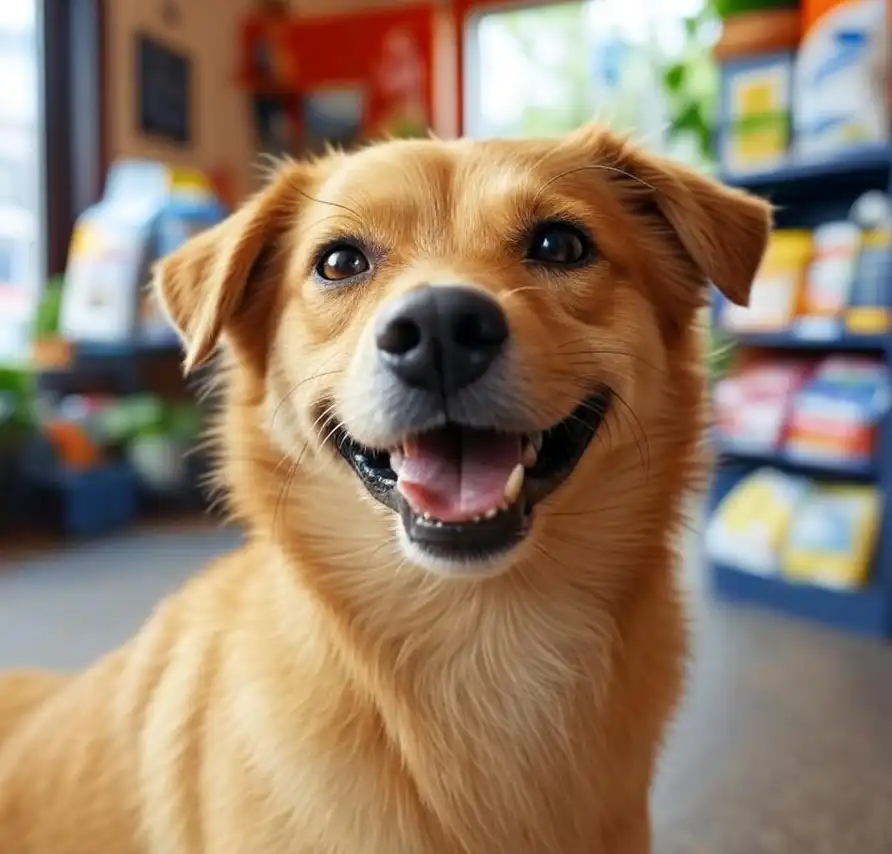
Link in Bio Strategy for Pet Businesses
-



Purr-fectly Delicious: A Review of Astkatta Iceland Canned Cat Food and Feast Cat Wet Food
-



Pet-Friendly Property Maintenance Tips
-


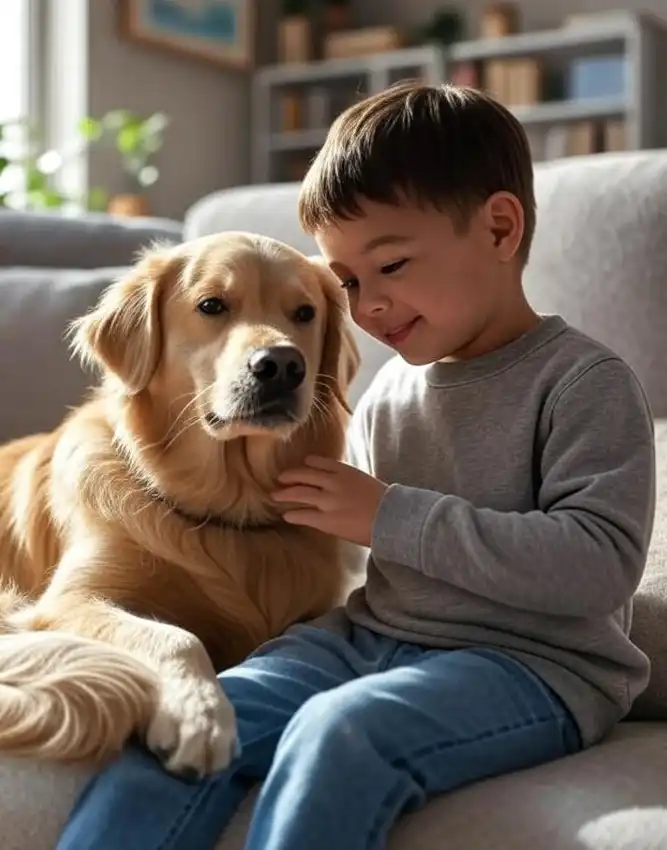
Using Pets in Children’s Counseling: A Guide for Parents
-



Moving with Pets: Real Estate Tips for a Smooth Transition
-


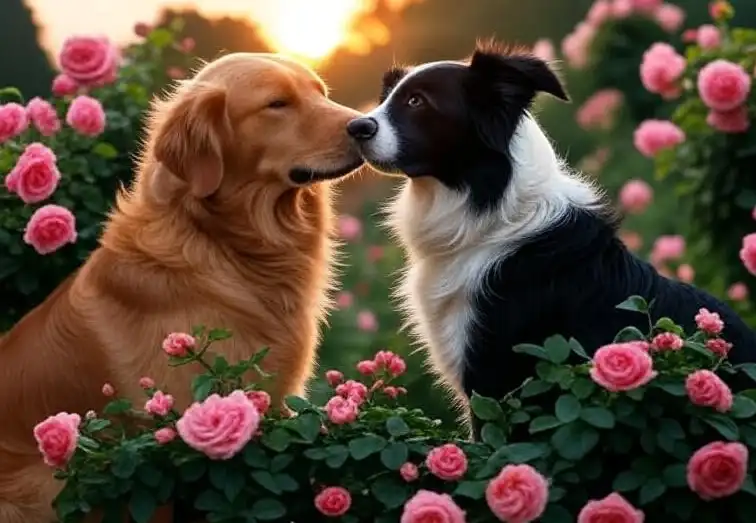
Romantic Dog Names for Your Furry Soulmate
-



Top 10 Guinea Pig Water Bowls and Feeders for a Happy, Healthy Pet
-



How to Use Puppy Training Pads Effectively
-



10 Cheapest Dog Training Pads for Tight Budgets
-



Ownpets XXXXL Puppy Training Pad: Ultimate Pet Solution

